Le Danse de Oberon is a companion piece to Debussy’s “Le Danse de Puck” in his Preludes, Book I. In A Midsummer Night’s Dream, Puck wreaks havoc under the auspices of Oberon, husband to Titania, the queen of the fairies. The horn call motive in Debussy’s prelude alludes to Oberon, and my prelude begins with the same call. Despite his royal stature, Oberon’s anger at his wife leads him to seek revenge. The conflict between Oberon and Titania, two powerful mystical beings, intensifies the weather—changing seasons and unsettling the sea. My dance features a flustered nobility, where stately sounds stumble to give way for more comic sonorities. The work pulls from “Le Danse de Puck” in some of its harmonic vocabulary, rhythms, and the horn-call motif; however, Le Danse de Oberon features a more aggressive, earthy style to contrast Puck’s weightless image.
Performances
March 17, 2019 by Allison Moline for the 2019 UMKC Piano Studio Co[mp]llaboration
White Recital Hall, University of Missouri-Kansas City, KCMO.March 31, 2019 by Allison Moline for the 2019 UMKC Piano Studio Co[mp]llaboration
Kansas City Public Library, KCMO.
